Our focus is conducting Indigenous-led research that focuses on community-initiated monitoring programs.
Community monitoring projects will be conducted with Indigenous communities and students to gain a better understanding of the implications of change on water, plants, fish and wildlife, traditional foods and wellbeing, evaluation, and bridge building among communities and stakeholders in Manitoba and NW Ontario.
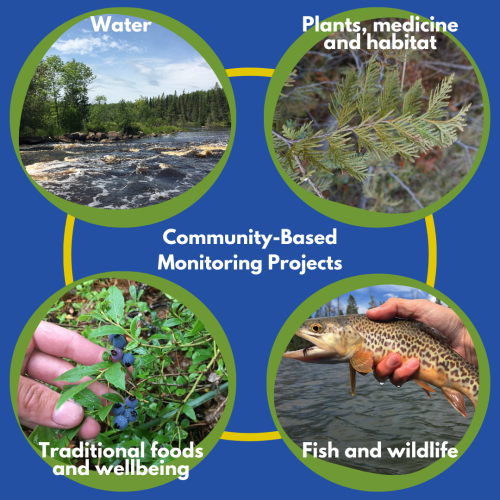
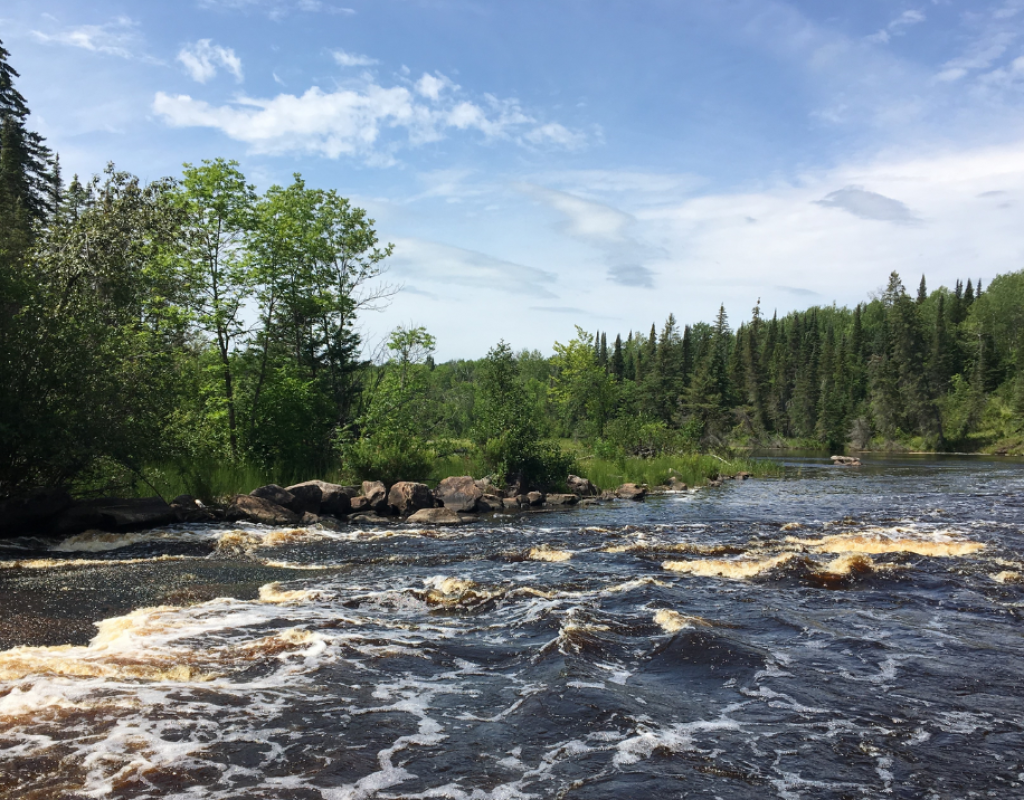
Water
Water is of critical cultural importance to First Nations communities and still plays an essential role in ceremony and teachings. Threats to water continue to grow and are associated with changing land use and climate. The nature of the threats varies according to scale. At the global level, climate change has emerged as a century-defining issue, and many efforts exist to hold governments accountable through policy reform. In turn, threats to safe drinking water in First Nations communities have been a long-standing risk across Canada whereas many such problems remain undocumented. Community monitoring projects will focus on changes in water quality, levels and flow, underlying causes, chemical contaminants, xenobiotics, trace metals, and algal toxins. The implications of such changes will be evaluated through Anishinaabe, Cree and Métis ways of knowing. Health implications will also be assessed.
“Water is life. Flooding has an impact on water, ecosystems and shore life causing a negative impact on women and children’s health. Anishinaabe teaching stresses the important role women have in protecting the water and giving life; both of these roles are disrupted when the natural flow of the waters is altered” (Denise Baxter, PhD – Anishinaabe)
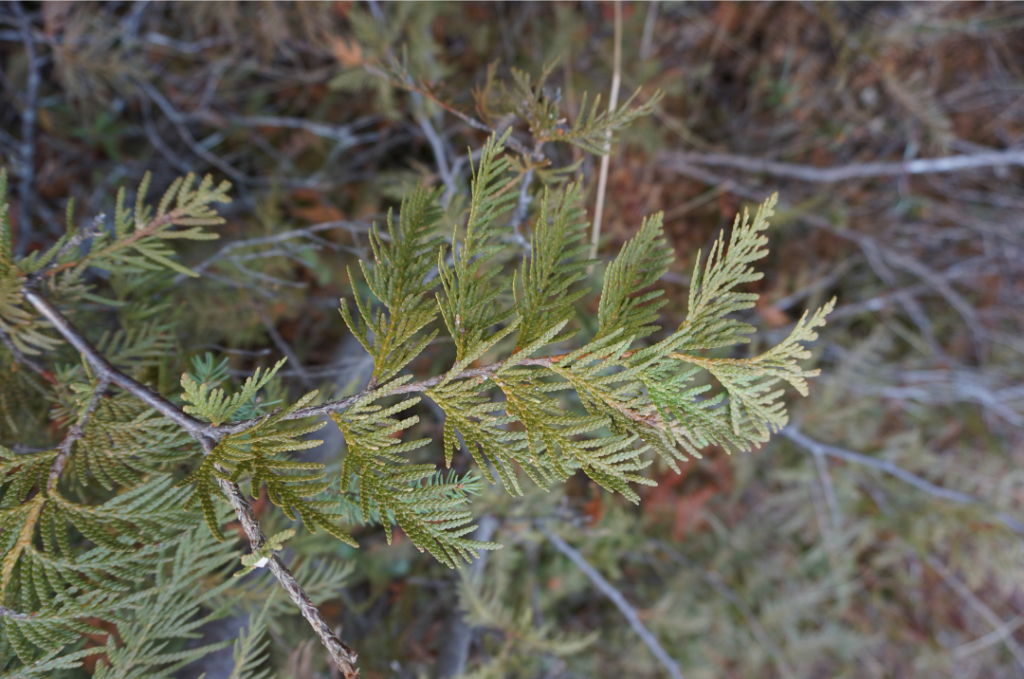
Traditional use plants
Changes in water quality have substantial implications for plants and ecosystems. Community monitoring projects will also focus on the traditional use of plants, and where appropriate medicines. Such plants (e.g. blueberries, wild rice or manoomin) and medicines (e.g. pine sap, flagstaff or wihkes) play key roles in the diets and well-being of most First Nations communities. Changes in water levels associated with hydro dams cause declines in populations and compromise access to these plants as do concerns about pesticide use. Such concerns undermine local confidence in these foods and medicines and undermine the culture and language regarding use. Monitoring will be used to evaluate the impacts of environmental decline for these populations by mapping these stories and changes in occurrence using GIS by embedding videos, photos, and stories. How and to what degree changes in water levels and quality contribute to the decline in plants and the shoreline will in turn be documented. In monitoring projects, plants can be tested for contaminants and workshops created that enable Knowledge Keepers and Elders to exchange ideas with scientists.
“Our knowledge is gained and passed down through generations. It is common to learn teachings and skills that have been taught through generational interactions. I have heard stories from my late grandfather that he heard from his grandfather describing the significant changes to the Albany River since diversions and damming occurred. This has greatly impacted life on the river.” (Denise Baxter, PhD – Anishinaabe)
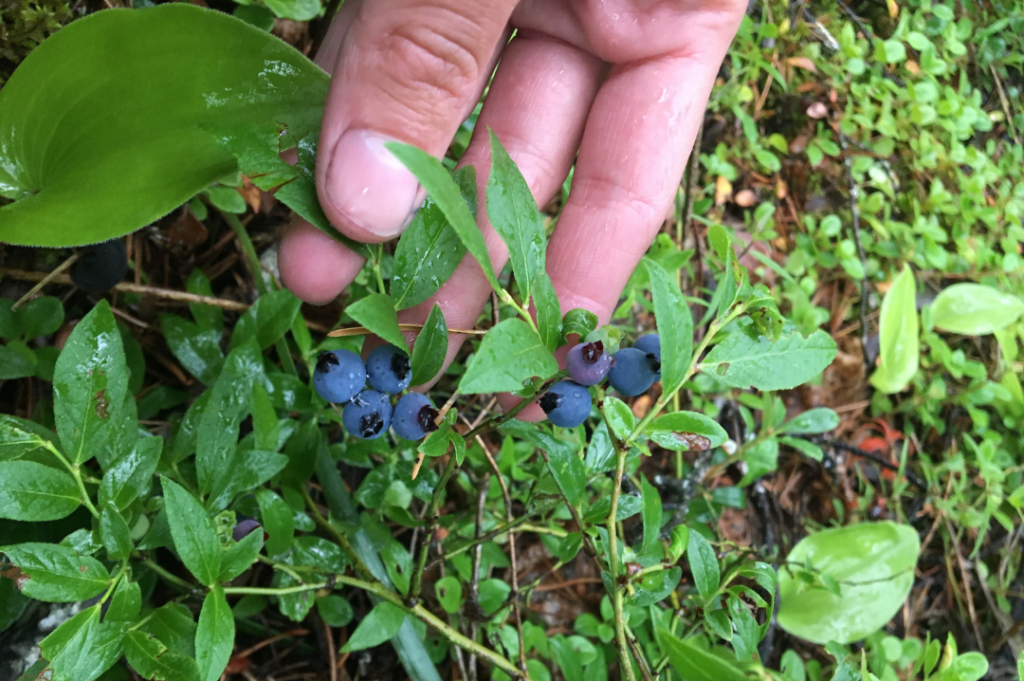
Traditional foods and wellbeing
Changes in water quality and the availability of traditional-use plants, fish and wildlife have substantial adverse implications for human health and wellbeing. In communities, food sovereignty has been undermined by hydro-associated barriers to local access as well as the decline of wildlife and fish populations. This in turn undermines local food security. Most communities in Manitoba and NW Ontario still largely rely on traditional foods, which are much healthier and more affordable than most available store-bought foods. Should a community want to assess the implications of these changes for food security, questionnaires focusing on traditional food frequency can be co-developed for distribution through the Our Data Indigenous App. Factors giving rise to such changes can be identified through community-based monitoring using mixed-methods surveys, as would any health implications and what could be done to address any impacts.
“When I was a child, I remember my father showing me a leaf which he picked up from the ground…I had been walking along beside him and pulling the leaves off a willow. He told me that this was harmful to the plant. … He told me always be careful how you treat the plants because they have a right to live just like we do. He never expressed how he felt when he saw thousands of hectares of forest being flooded.” (Elder Ellen Cook, Ithinew – Cree)
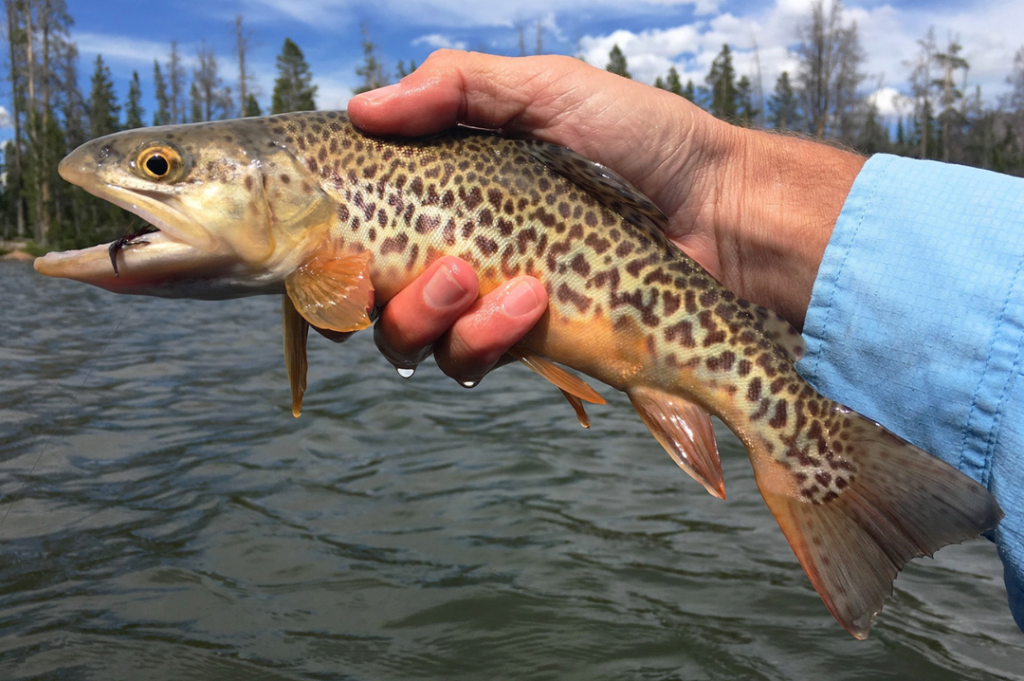
Traditional use fish and wildlife
Changes in water levels, water flow and shoreline erosion adversely affect both fish and wildlife. Manitoba’s South Indian Lake was once the third largest freshwater fishery in North America and supported a wide diversity of livelihoods. This fishery and those of surrounding communities on smaller lakes and on Lake Winnipeg have been in decline since the construction of the Churchill River Diversion in 1976. The CRD has played havoc with the productivity and quality (parasitism) of whitefish and pickerel catches to the point that few Indigenous fishers remain. Widespread concerns regarding mercury and other trace elements that bioaccumulate in these traditional foods will be examined (Paterson). Changes in fish and wildlife populations as well as the underlying factors that give rise to these changes will be documented using both Western and Indigenous science. Any implications of these declines for livelihoods as well as for diets and health and Wellbeing can be assessed through community-based monitoring projects.

